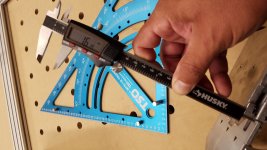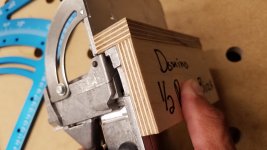The domino is one of my favorite Festool tools but the height gauge being in metric always bothered me since I could never get perfect centered joints in the US without having to dial it each time so I spent the past week designing a imperial gauge so I can quickly adjust the height for imperial based boards here in the US.
It works great and spent a bit of time making it, tried to stay as true to the original as possible and just wanted to share with you guys.
[attachimg=1]
It works great and spent a bit of time making it, tried to stay as true to the original as possible and just wanted to share with you guys.
[attachimg=1]
Attachments
-
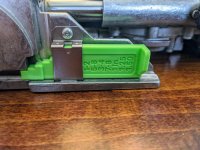 117716515_10224390370406121_8964687897423106407_o.jpg877.4 KB · Views: 2,099
117716515_10224390370406121_8964687897423106407_o.jpg877.4 KB · Views: 2,099 -
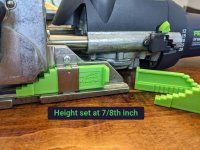 117703264_10224390370606126_5024258462158036457_o.jpg400.3 KB · Views: 528
117703264_10224390370606126_5024258462158036457_o.jpg400.3 KB · Views: 528 -
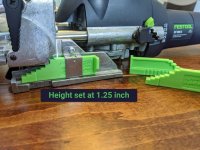 117724009_10224390370166115_8451859472584080490_o.jpg351.3 KB · Views: 501
117724009_10224390370166115_8451859472584080490_o.jpg351.3 KB · Views: 501 -
 117710569_10224390369926109_755936970058888885_o.jpg261.2 KB · Views: 528
117710569_10224390369926109_755936970058888885_o.jpg261.2 KB · Views: 528

